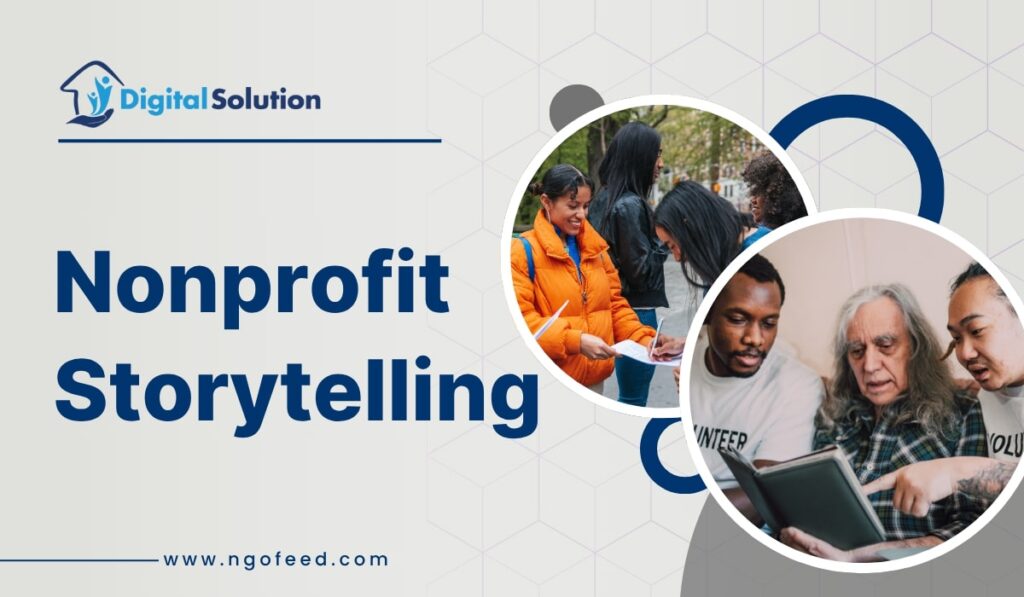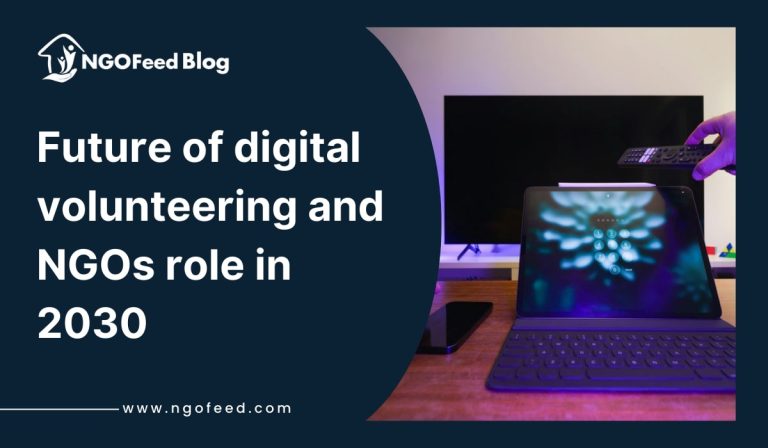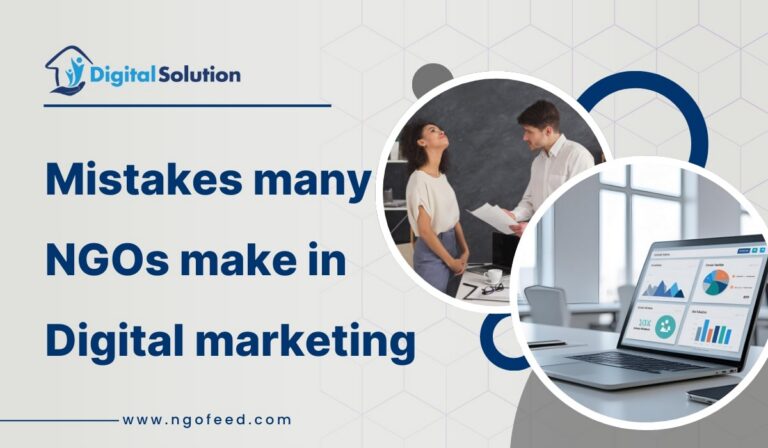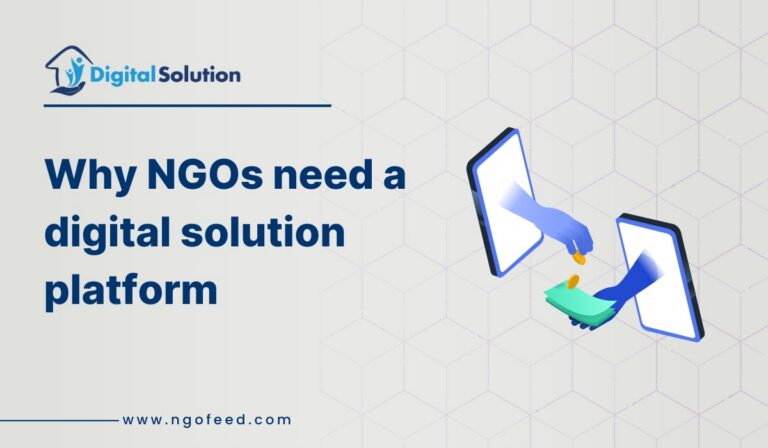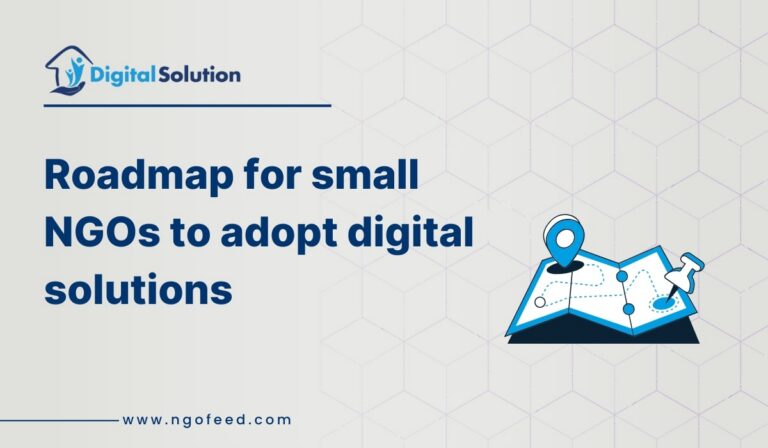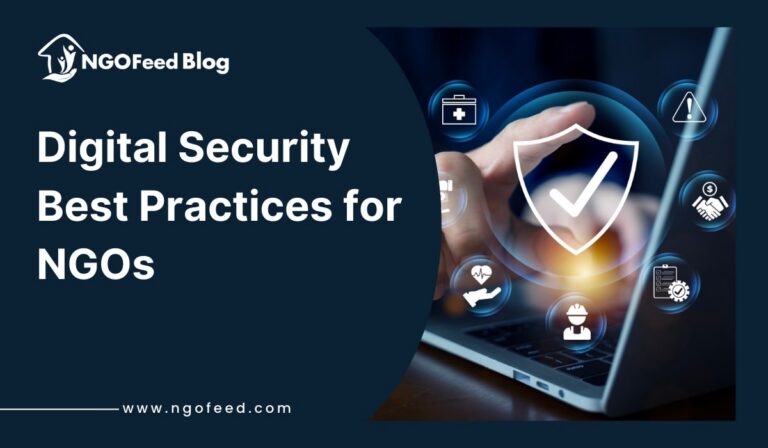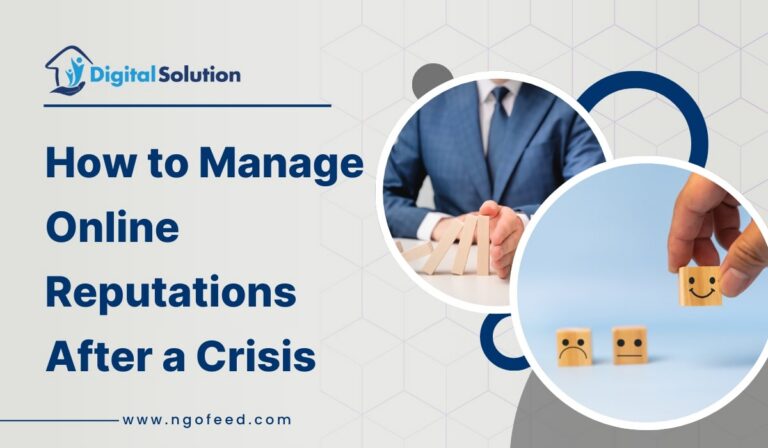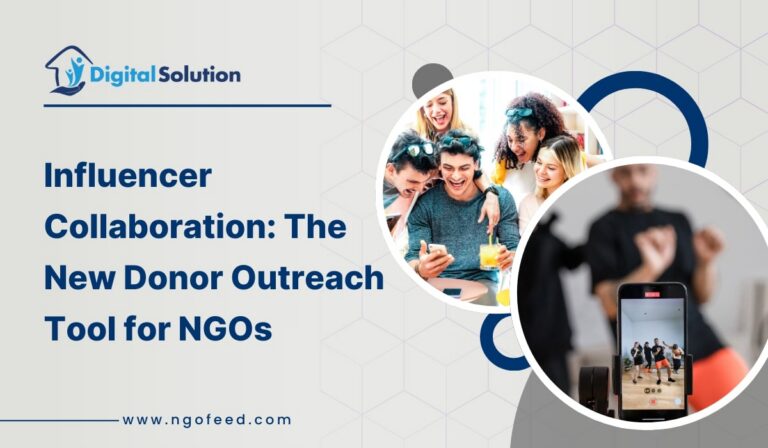Nonprofit Storytelling: Storytelling is a moral, emotional, and strategic must for nonprofit groups, not just a communication tool. Nonprofit narrative guarantees that the people and communities behind every action are seen and heard, brings intangible causes to life, and turns statistics into human experiences. Effective storytelling so reinforces the organization’s openness, trustworthiness, and long-run sustainability in addition to raising funding and involvement.
Table of Contents
The Strategic Importance of Storytelling for Nonprofits
- Connecting the emotional and reasoned spheres: People act on feeling, not just logic. Stories touch the heart, statistics and reports appeal to the mind. Not just statistics are improved by a donor; rather, they are more likely to give when they see how their gift impacts on a person’s life.
- Building a Unique Identity: Storytelling lets a charity set itself apart in a cutthroat funding environment by means of its goal, values, and method. Stories let followers connect at a deeper level by sharing the ‘why’ behind the group.
- Creating Donor Loyalty and Retention: Consistent narrative via blogs, newsletters, and social media connects donors to the cause. It urges consistent support by reminding them of their continuing participation in the story of change.
Also Read: Blockchain for Nonprofits
- Giving Beneficiaries Voice Powers: Ethical storytelling gives beneficiaries a stage to tell their own tales. This changes the story from charity to honorable cooperation, therefore encouraging inclusive representation.
- Stories Nonprofits should share come in several varieties: Impact Stories: Share how your company has changed someone’s life. Concentrate on personal growth as well as corporate success.
Tell us why your company was started. Introduce your founders, beliefs, and the goal guiding your ongoing labor.
Stories by Employees and Volunteers
- Emphasize your internal team’s enthusiasm and commitment. This builds external trust and raises internal morale.
- Give openness by showcasing how daily processes, fund allocation, and decision-making work.
- Tell tales of what might be especially helpful in initiatives centered on future demands and needs to help define your vision.
Essential Elements of a Fascinating Narrative
Generally speaking, a strong nonprofit story should comprise:
| Element | Description |
|---|---|
| Context | The role your non-profit organization played in bringing about favorable transformation |
| Conflict | The barrier the individual encountered |
| Protagonist | A real, relatable person affected by the issue or intervention |
| Resolution | What changed as a result, the consequences, the effect, and future objectives |
| Your Organization’s Role | What changed as a result, the consequences, effect, and future objectives |
| Call to Action (CTA) | A particular action the audience can undertake to support or amplify the story |
Nonprofit Storytelling Vehicles and Channels
Nonprofits must customize their storytelling to fit several media channels if they want to engage audiences:
- Perfect for blogs, annual reports, pamphlets, and donor emails: written tales.
- One of the most emotionally resonant formats, video testimonials are powerful throughout media. Short, subtitled films resonate well on all mediums.
- Particularly in donor reports for showing change across time using graphics and visual stories.
- Audio stories and podcasts are helpful for listeners looking for immersive, long-form engagement.
- Particularly with pictures or reels, Instagram, LinkedIn, Facebook, and Twitter (X) are strong outlets for disseminating brief, meaningful stories.
Also Read: How to Attract International Donors: SEO Tips for NGOs
The Moral Dimensions of Nonprofit Storytelling
Nonprofit storytelling is tasked with ethical representation. Although tales can spur contributions and support, they must never sacrifice the subjects’ privacy or dignity.
Ethical Best Practices:
- Before revealing someone’s tale, always get informed consent, particularly when minors or sensitive topics are engaged.
- Steer clear of victim stories; concentrate on resilience, agency, and empowerment rather than presenting people as passive victims.
- Honor Cultural and Social Context: Speak and portray images fitting with the ideals of the people you serve.
- Let people speak for themselves in first-person voice as much as is feasible in first-person narration.
Storytelling in fundraising initiatives
ompelling storytelling is at the heart of successful fundraising. Donors don’t fund organizations—they fund impact. And the clearest way to show impact is through stories.
Also Read: How to Promote Your NGO on Social Media
Key Storytelling Strategies in Fundraising:
- Frame stories such as those showing the donor’s part in the change: donor-centric narratives.
- Tell stories in urgent appeals to impart urgency.
- Share one narrative across several updates to keep interest high and strengthen emotional investment: Multi-Part Series
- Visual Storytelling for Campaign Pages: Maximum conversions come from using high-quality images, brief text, and video excerpts.
Storytelling in Advocacy and Policy Use
For organizations active in advocacy, storytelling might be a great tool to:
- Humanize policy topics by way of personal stories
- Offer actual instances of societal repercussions to influence legislators.
- Encourage local movements by means of relatable, emotional campaigns.
- Elevate those often shut out of policy debates—marginalized voices.
Tools and platforms to help with nonprofit narrative
| Tool / Platform | Use Case |
|---|---|
| Canva / Adobe Express | Creating social posts and narrative graphics |
| StoryCorps / SoundCloud | Audio narrative and podcast transmission |
| YouTube / Vimeo | Video hosting for testimonials and short films |
| Mailchimp / Substack | email-based storytelling for donors |
| Meta / Instagram / LinkedIn | Broad audience social media storytelling |
| KoBoToolbox / SurveyMonkey | Collecting testimonies and impact data |
Also Read: Multilingual SEO for Global NGO Outreach
Determining the Effect of Storytelling
Use qualitative as well as quantitative measures to make sure storytelling campaigns are successful and consistent with your business objectives:
- Shares, comments, video views, likes; engagement measures
- Click-throughs on CTAs, donation form submissions are conversion rates.
- Donor Feedback: Surveys to evaluate emotional response and clarity
- Growing brand awareness through media mentions, backlinks, and pickups
- Retention: longer volunteer retention or repeated donations.
Conclusion: Telling Stories that Change the Planet
Nonprofit storytelling is at its best a platform, not a performance. It hopes for the unserved, visibility to the unseen, and a voice for the voiceless. Narratives become instruments for justice, compassion, and social change when dignity, honesty, and link are emphasized.
Also Read: Open Data for Nonprofits
Those who tell the most genuine and engaging stories will direct the discussion, gather more money, and create closer, long-lasting relationships with communities, donors, and stakeholders in the quickly changing world of nonprofit work. Nonprofit storytelling is a responsibility; it’s an art form, and when done right it acts as a force for actual and long-lasting transformation.

